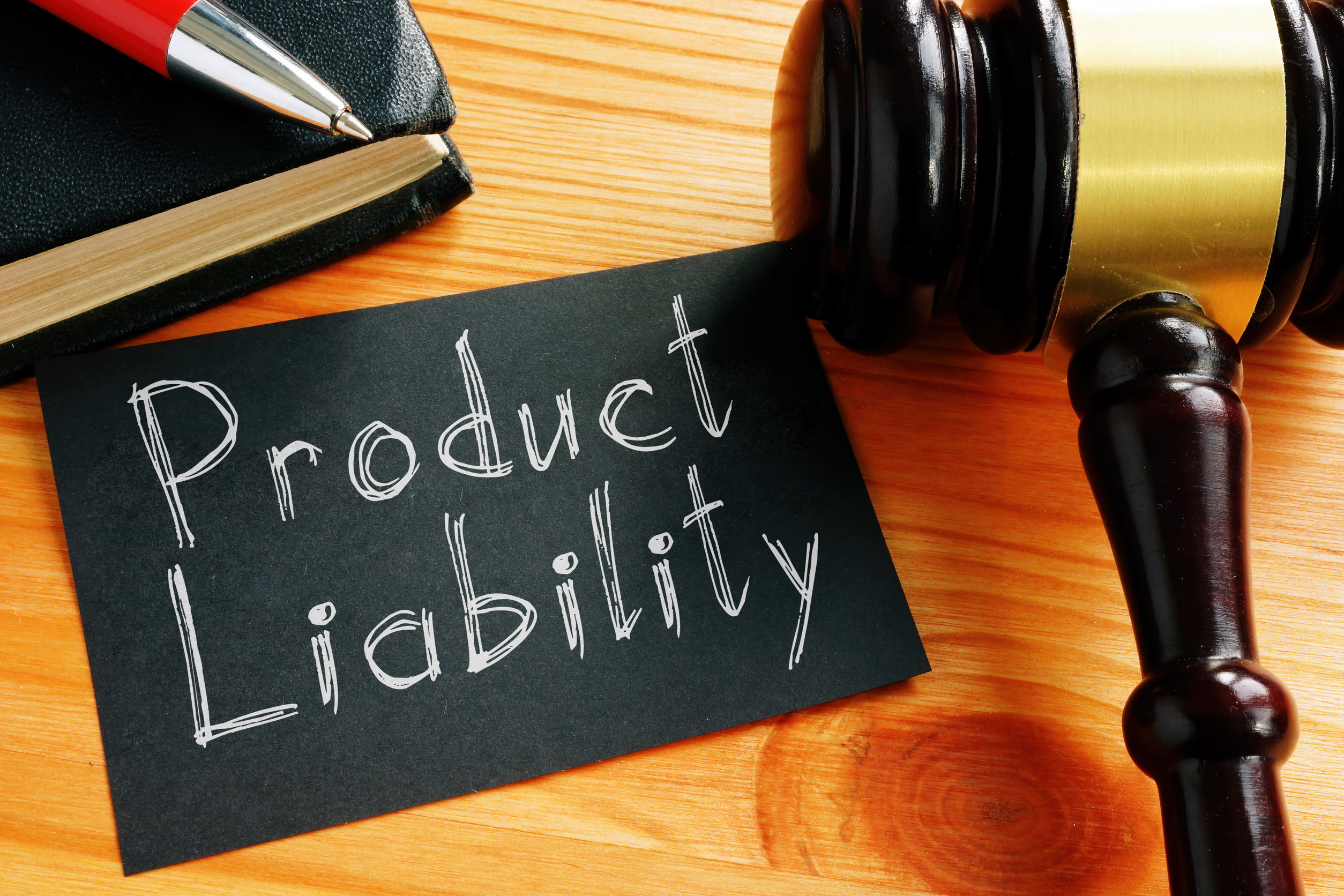By: Editorial Staff, Date: January 16th, 2023
Loss of profit claims can arise in different cases, such as a breach of contract, business tort, insurance claim, personal injury, or fraud. However, measuring lost profit damages is a complicated process requiring expert analysis of financial records and data.

So what exactly are lost profits?
Lost profits refer to the amount of money a plaintiff would have earned if the tort or breach had not occurred. For instance, Company A does not provide Company B with its requested materials for production. As a result, Company B loses out on orders, making Company A liable for the lost profit from those customers.
By seeking lost profit damages, businesses can recoup the losses incurred due to another party’s negligence or the disruption in services or products. To successfully claim lost profit damages, however, commercial litigation attorneys must determine what qualifies as “lost profits” and devise methods to calculate the proper measure of compensation.
4 Methods for Calculating Lost Profits
Attorneys typically employ different methods to calculate lost profits depending on each case’s circumstances. Here are some examples:
- Before-and-after method
This primary method involves calculating net profits before the alleged injury (which may require forecasting future income) and comparing that amount with the actual revenue after the wrongdoing occurred. Any difference is attributed to losses incurred due to the tortious action. For complicated calculations, certain formulas may be applied, or an expert witness may be employed to help arrive at a more accurate figure, often concerning business income statements, sales trends, or balance sheets.
- Yardstick method
The yardstick or “benchmark” approach is a comparative analysis for quantifying damages. Under this method, an expert will use a “yardstick” to determine the potential revenues and profits of the affected business. This includes comparison with other similar companies and with unaffected locations of a business.
- Sales projection method
As the name implies, this method utilizes company-specific financial projections. Preferably, the project sales results were made for other purposes other than for litigation.
- Market share
This model involves the analysis of the plaintiff’s market share before the defendant’s wrongful act. The expert must analyze the market, the subject company, and its competitors’ sales history.
Calculating lost profit damages can be difficult, but it is essential for businesses that have been wronged to receive some form of reparations. Hence, commercial litigation lawyers must provide advice and guidance throughout this process and help ensure companies get what they deserve—both monetary and non-monetary compensation for their losses.
To learn more, check out our upcoming webcast: Commercial Litigation: Understanding and Calculating Lost Profit Damages
Related Webcasts
Demystifying Recent Trends in PFAS Litigation: Product Liability and Beyond
Litigation regarding per- and polyfluoroalkyl substances has continued to evolve, from product liability to environmental litigation to consumer class actions. Recent and forthcoming regulations continue to add new dimensions, potentially impacting multiple areas of legal practice and a variety of industries. Particularly, these claims have reached across the supply chain, including retailers and distributors, with novel legal theories, further underscoring the need to stay abreast for recent trends in this area. James DeMay of Milberg Coleman Bryson Phillips Grossman, LLC and Michael A. Fazio of Dechert LLP in this CLE webcast as they discuss some recent trends and share insights on how to navigate challenges by recent cases and regulations.


